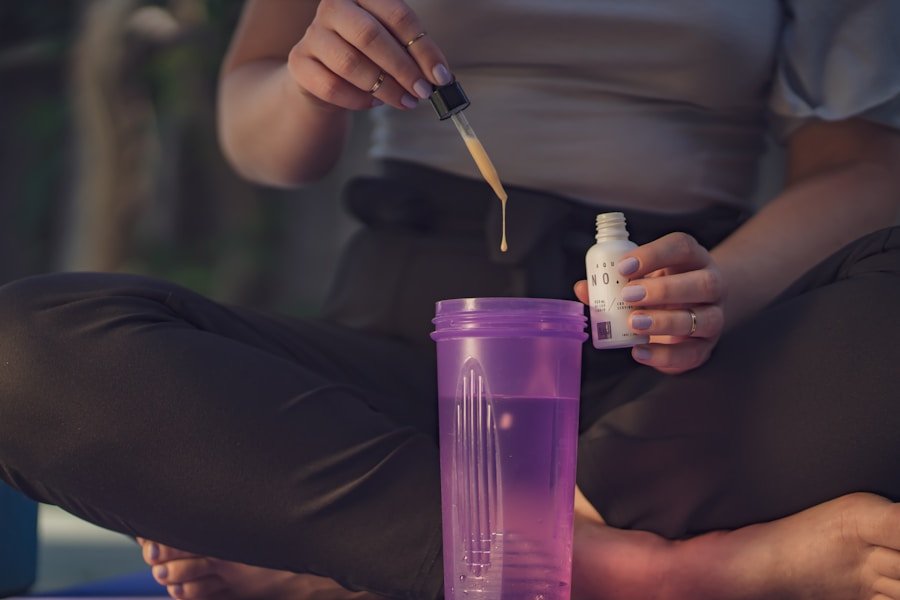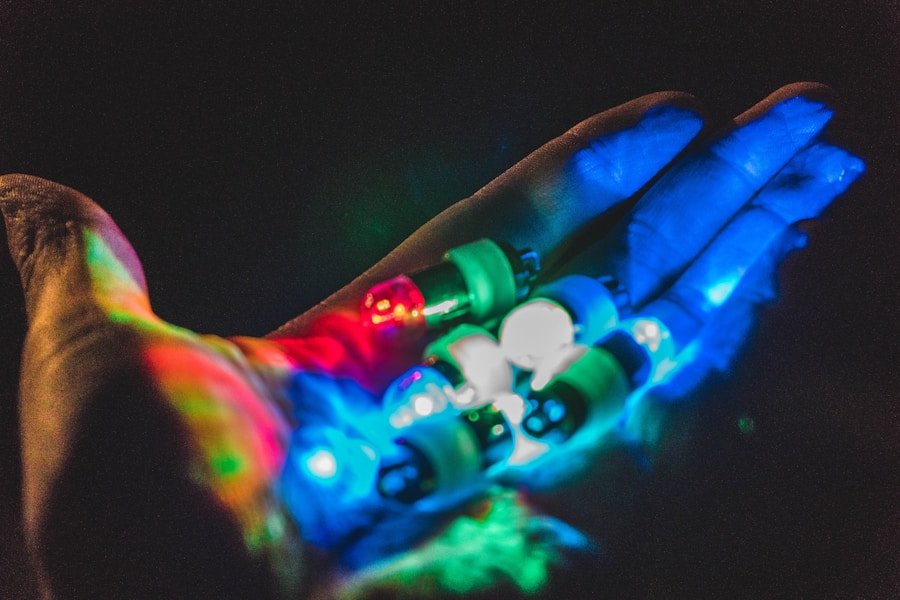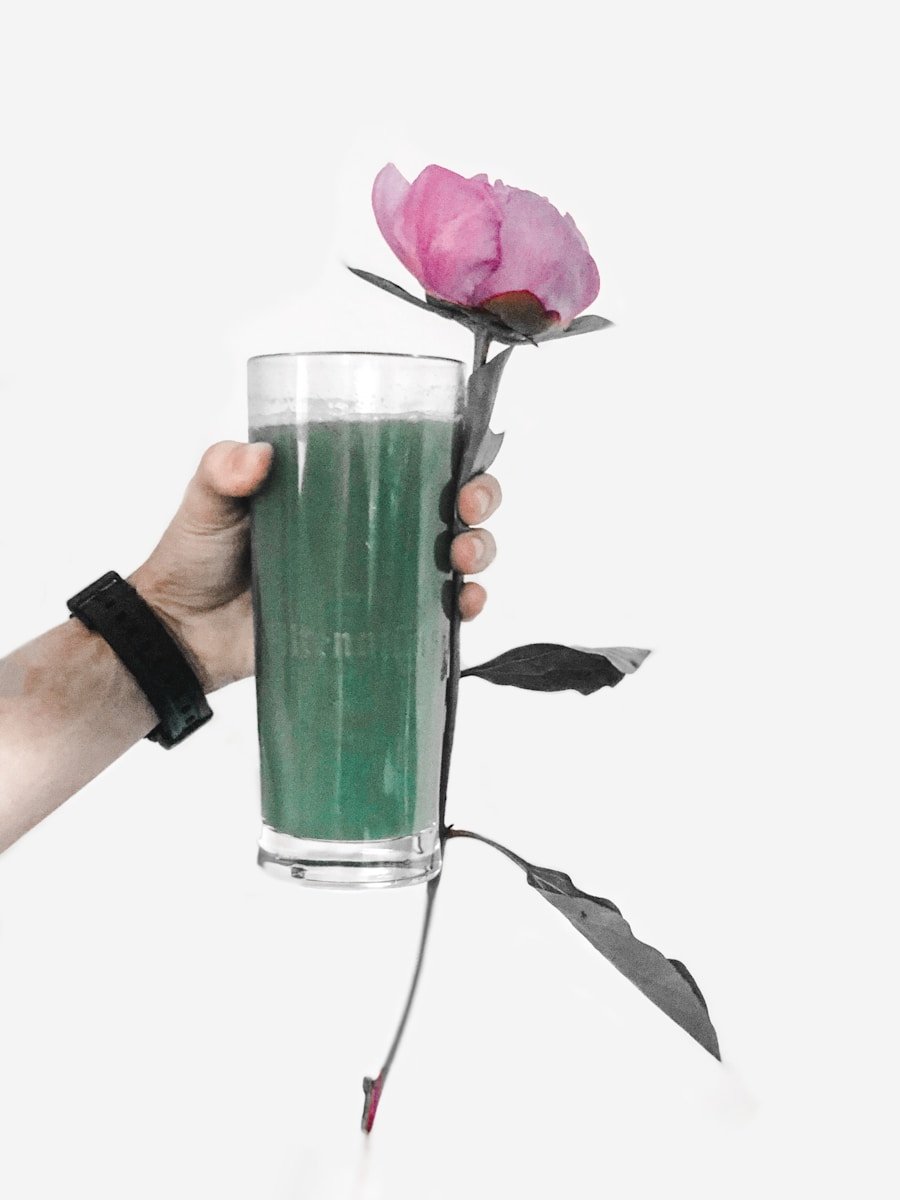This post may contain affiliate links. When you purchase through links on our site, we may earn an affiliate commission.
Biohacking, a term that has gained traction in recent years, refers to the practice of using science, technology, and self-experimentation to enhance one’s biology and overall well-being. It encompasses a wide range of activities, from simple lifestyle changes to more complex interventions involving technology and biology. At its core, biohacking is about taking control of one’s health and optimizing performance through a personalized approach.
I find it fascinating how this movement encourages individuals to become active participants in their own health journeys rather than passive recipients of medical advice. The concept of biohacking can be traced back to the early days of the DIY biology movement, where enthusiasts began experimenting with genetic engineering and other scientific techniques in their own homes. Today, biohacking has evolved into a broader phenomenon that includes various practices such as quantified self-tracking, nootropics for cognitive enhancement, and even the use of wearable technology to monitor health metrics.
I appreciate how biohacking empowers individuals to explore their potential and make informed decisions about their health, often leading to significant improvements in quality of life.
Key Takeaways
- Biohacking involves making small, incremental changes to your lifestyle to optimize your physical, mental, emotional, and nutritional wellness.
- Biohacking for physical wellness includes practices such as optimizing sleep, exercise, and nutrition to improve overall health and performance.
- Biohacking for mental wellness involves techniques like meditation, mindfulness, and cognitive training to enhance focus, memory, and cognitive function.
- Biohacking for emotional wellness focuses on practices like gratitude journaling, breathwork, and therapy to improve emotional resilience and well-being.
- Biohacking for nutritional wellness includes personalized diets, supplements, and fasting protocols to optimize nutrient intake and gut health.
- Incorporating biohacking into your daily routine involves experimenting with different biohacking techniques and tracking their effects on your well-being to find what works best for you.
Biohacking for Physical Wellness
Exercise and Movement
One of the most popular methods is through exercise and movement. I have discovered that incorporating high-intensity interval training (HIIT) into my routine not only saves time but also maximizes my cardiovascular fitness and muscle strength. By tracking my workouts and recovery times, I can fine-tune my exercise regimen to ensure I am pushing my limits while allowing adequate time for recovery.
Sleep Optimization
Another aspect of physical wellness that I have explored through biohacking is sleep optimization. I have learned that quality sleep is crucial for recovery and overall health. By implementing practices such as maintaining a consistent sleep schedule, creating a calming bedtime routine, and minimizing exposure to blue light before bed, I have significantly improved my sleep quality.
Tracking and Insights
Additionally, I have experimented with various sleep tracking devices that provide insights into my sleep patterns, allowing me to make informed adjustments for better rest.
Biohacking for Mental Wellness

Mental wellness is another critical area where biohacking can make a substantial impact. I have found that mindfulness practices, such as meditation and deep breathing exercises, can significantly enhance my mental clarity and emotional resilience. By dedicating just a few minutes each day to mindfulness, I can reduce stress levels and improve my focus.
I appreciate how these practices allow me to cultivate a greater sense of awareness and presence in my daily life. In addition to mindfulness, I have also explored the use of nootropics—substances that are believed to enhance cognitive function. While I approach this area with caution, I have experimented with natural supplements like L-theanine and Rhodiola Rosea, which have shown promise in improving focus and reducing anxiety.
By carefully monitoring my responses to these substances, I can tailor my approach to mental wellness in a way that feels right for me. This personalized experimentation has opened up new avenues for enhancing my cognitive abilities and overall mental health.
Biohacking for Emotional Wellness
| Technique | Effectiveness | Duration |
|---|---|---|
| Mindfulness Meditation | High | Long-term |
| Gratitude Journaling | Moderate | Long-term |
| Deep Breathing Exercises | Low | Short-term |
| Physical Exercise | High | Long-term |
Emotional wellness is an often-overlooked aspect of overall health, but it plays a vital role in how I navigate life’s challenges. One biohacking technique that has resonated with me is journaling. By regularly writing down my thoughts and feelings, I can process emotions more effectively and gain clarity on my experiences.
This practice has not only helped me manage stress but has also fostered a deeper understanding of myself and my emotional triggers. Another powerful tool I have discovered is the practice of gratitude. By consciously acknowledging the positive aspects of my life each day, I can shift my mindset from one of scarcity to one of abundance.
This simple yet profound shift has had a significant impact on my emotional well-being. I often find myself feeling more content and resilient in the face of adversity when I actively engage in gratitude practices. Biohacking my emotional wellness has allowed me to cultivate a more positive outlook on life.
Biohacking for Nutritional Wellness
Nutrition is a cornerstone of wellness, and biohacking offers innovative ways to optimize dietary choices for better health outcomes. I have delved into the world of personalized nutrition by tracking my macronutrient intake and experimenting with different dietary patterns. For instance, I have tried intermittent fasting, which has not only helped me manage my weight but has also improved my energy levels throughout the day.
By listening to my body’s signals and adjusting my eating habits accordingly, I can enhance my overall nutritional wellness. Moreover, I have become increasingly interested in the concept of bioindividuality—the idea that each person’s nutritional needs are unique. This realization has led me to explore various diets, such as ketogenic or plant-based eating, to see what resonates best with my body.
By paying attention to how different foods affect my energy levels, mood, and digestion, I can make informed choices that support my health goals. Biohacking my nutrition has empowered me to take charge of my dietary habits in a way that feels sustainable and enjoyable.
Incorporating Biohacking into Your Daily Routine

Integrating biohacking into my daily routine has been a transformative journey that requires intention and consistency. One effective strategy I have adopted is setting specific goals for each area of wellness—physical, mental, emotional, and nutritional. By breaking down these goals into manageable steps, I can create a roadmap for success that keeps me motivated and accountable.
For example, if I aim to improve my physical fitness, I might set a goal to complete three HIIT workouts per week while tracking my progress. Another essential aspect of incorporating biohacking into my routine is creating an environment that supports my wellness goals. This includes decluttering my living space to reduce distractions, curating a collection of resources—such as books or podcasts—that inspire me, and surrounding myself with like-minded individuals who share similar aspirations.
By fostering a supportive environment, I can reinforce positive habits and stay committed to my biohacking journey. In conclusion, biohacking presents an exciting opportunity for individuals like myself to take charge of our health and well-being through personalized experimentation and self-discovery. By exploring various strategies for physical, mental, emotional, and nutritional wellness, I can cultivate a holistic approach that enhances every aspect of my life.
As I continue on this journey, I remain open to new ideas and practices that may further enrich my experience and contribute to my overall well-being.
If you’re interested in incorporating biohacking techniques into your everyday wellness routine, you may also enjoy reading about creating a cozy haven in your home. This article from A to Z Cozy Corner offers tips and inspiration for making your living space a warm and inviting sanctuary. By combining biohacking practices with a cozy environment, you can create a holistic approach to improving your overall well-being.
FAQs
What is biohacking?
Biohacking is the practice of making small, incremental changes to your lifestyle and environment in order to optimize your body and mind for better health and wellness.
How can biohacking improve everyday wellness?
Biohacking can improve everyday wellness by focusing on areas such as nutrition, exercise, sleep, stress management, and mental health. By making small changes in these areas, individuals can optimize their overall well-being.
What are some common biohacking techniques?
Common biohacking techniques include intermittent fasting, personalized nutrition plans, optimizing sleep patterns, using wearable technology to track health metrics, and practicing mindfulness and meditation.
Is biohacking safe for everyone?
While many biohacking techniques are generally safe for most people, it’s important to consult with a healthcare professional before making significant changes to your lifestyle, especially if you have any underlying health conditions.
Are there any potential risks associated with biohacking?
Some biohacking techniques, such as extreme fasting or using unregulated supplements, can pose risks to certain individuals. It’s important to approach biohacking with caution and to prioritize safety and well-being.
Can biohacking replace traditional medical treatments?
Biohacking should not be seen as a replacement for traditional medical treatments. It can complement existing healthcare practices, but individuals should always seek professional medical advice for any health concerns.

 using WordPress and
using WordPress and 
No responses yet